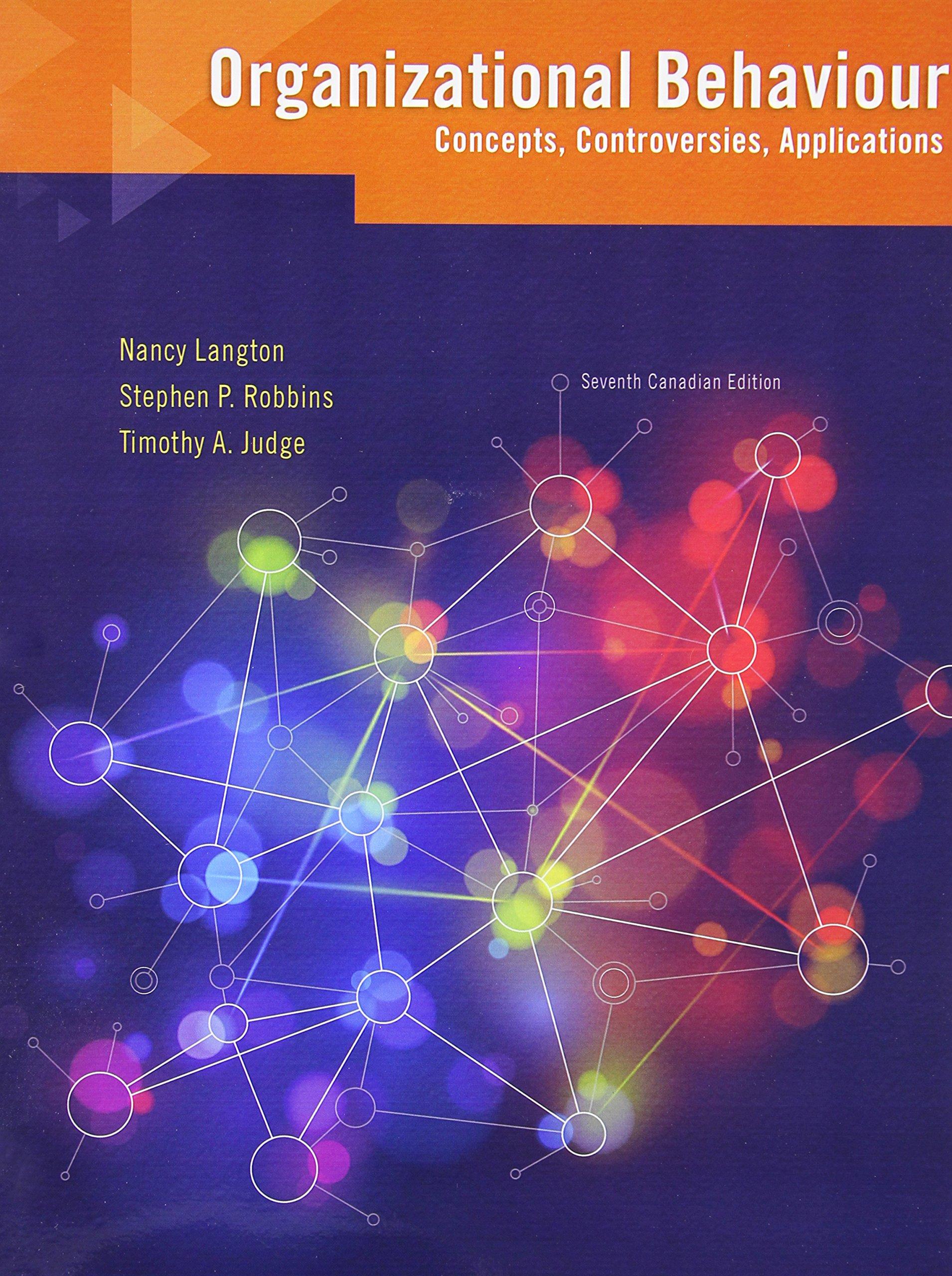While much of this chapter has discussed methods for achieving harmonious relationships and getting out of conflicts,
Question:
While much of this chapter has discussed methods for achieving harmonious relationships and getting out of conflicts, it’s also important to remember that there are situations in which too little conflict can be a problem.
As we noted, in creative problem-solving teams, some level of task conflict early in the process of formulating a solution can be an important stimulus to innovation.
However, the conditions must be right for productive conflict. In particular, individuals must feel psychologically safe in bringing up issues for discussion. If people fear that what they say is going to be held against them, they may be reluctant to speak up or rock the boat. Experts suggest that effective conflicts have three key characteristics: They should (1) speak to what is possible, (2) be compelling, and (3) involve uncertainty.
So how should a manager “pick a fight”? First, ensure that the stakes are sufficient to actually warrant a disruption.
Second, focus on the future, and on how to resolve the conflict rather than on whom to blame. Third, tie the conflict to fundamental values. Rather than concentrating on winning or losing, encourage both parties to see how successfully exploring and resolving the conflict will lead to optimal outcomes for all. If managed successfully, some degree of open disagreement can be an important way for companies to manage simmering and potentially destructive conflicts.
However, not every organization follows these principles.
CP Rail and the City of Vancouver have been at odds on what should happen to a rail line that runs down what is called the Arbutus Corridor on the west side of Vancouver.
CP stopped using the line in the late 1990s, and over the years residents have used the area on either side of the railway tracks for award-winning community gardens as well as walking their dogs. CP wanted to develop the property for commercial and residential use. The city was opposed to this, and a 2006 Supreme Court of Canada judgment gave it the right to determine how the land would be used. The city would like to see the property, which is 11 kilometres long, used as a greenway and a future transit corridor.
CP owns the land and wants to develop it or sell it to the city. In 2014, CP grew tired of the impasse with Vancouver. No talks between the parties had taken place in years. The railway announced that it was going to reinstate train service, which it has the legal right to do, even though the city does not want this to happen. Rather than fighting this battle with the city, the railway decided to pick a battle with the gardeners who were using the private property. CP gave notice that it would begin tearing out gardens in August, at the height of harvest season. They then destroyed some of the gardens in mid-
August, hoping that pressure from the community about the loss of their gardens would spur the city into making some sort of settlement with the company. Instead, the move infuriated both gardeners and people living in the area because it was viewed as a bullying tactic. Many of the gardens had existed while BC Rail was still operating, and the company had not objected to them at the time.
To escalate further, CP informed people living in the area that it planned to spray herbicides along the line. CP director Mike LoVecchio wrote, “This work is to continue throughout August and September. Our goal is to have the entire line ready for train operations in the fall.” Following these actions, the city entered into talks with CP, but the two parties could not agree on the price the city should pay the railway for the land. In October 2014, the city launched a constitutional challenge against the railway, which means that the issue will be tied up in court for quite some time. The city also applied for permanent injunctions to stop CP from doing any more damage to the remaining gardens or doing anything further to reactivate the rail line. In January 2015, the city lost its bid to halt CP’s Arbutus corridor plan. However, the city launched another lawsuit to have the railway declared abandoned, to be heard later in 2015.
Questions
1. Can involving a third party in a dispute, much like CP Rail did with the community gardeners, ever result in a positive outcome?
2. How can negotiators use conflict management strategies to their advantage so that differences in interests lead to positive integrative solutions rather than dysfunctional conflicts?
3. Can you think of situations in your own life in which silence has worsened a conflict between parties? What might have been done differently to ensure that open communication facilitated collaboration instead?
Step by Step Answer:

Organizational Behaviour Concepts Controversies Applications
ISBN: 9780134048901
7th Canadian Edition
Authors: Nancy Langton, Stephen P. Robbins, Timothy A. Judge





